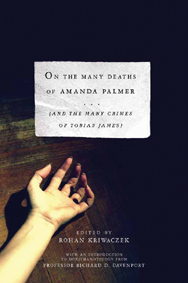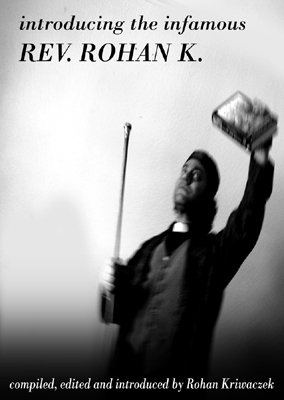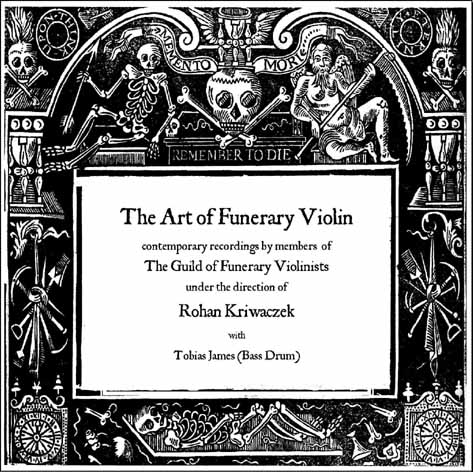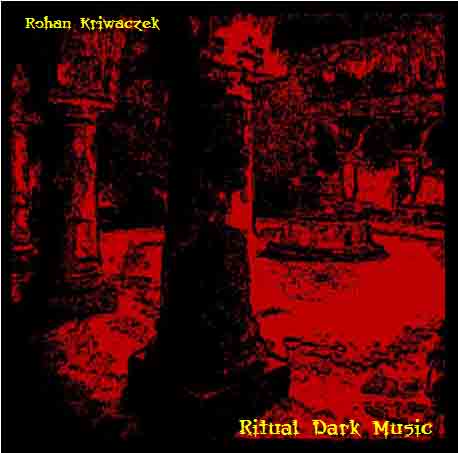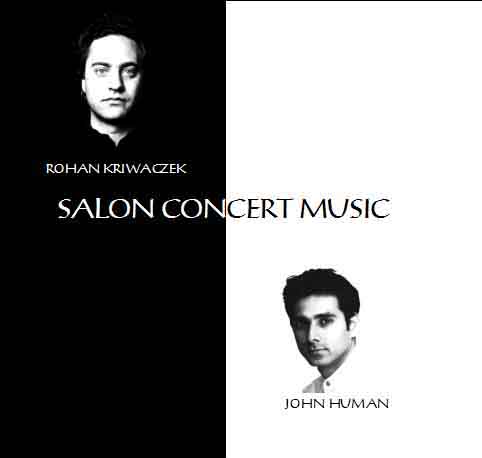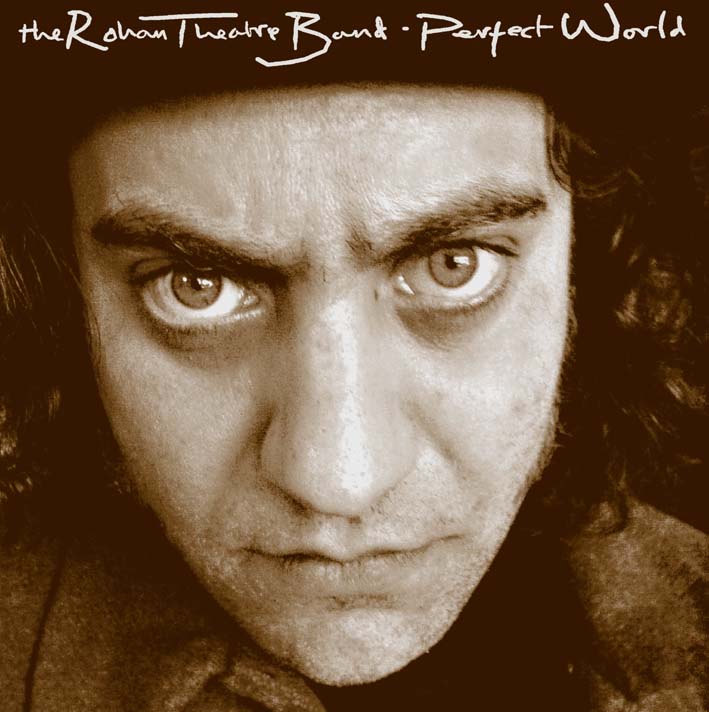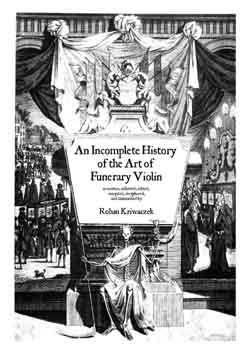
an extract from the Introduction
... There have always been two strains of Funerary Violin music. Firstly the ceremonial march, which was originally in 3 time to symbolise the broken stride of the deceased, and to distinguish it from religious music which was in 4 time. Many of today’s funeral marches are descended from the works of Funerary Violinists, and the form has remained largely unchanged over the years. Though many such marches were composed and performed for the nobility and the cultured, they were always aimed at the subjects, the tradesmen, the servants etc, as an affirmation of the social structure, and as such they were never allowed to become too abstract, or suffer the many indignities of overdone artistry. Secondly, there is the more cathartic spiritual element, usually performed as part of the oration or service. The actual function and duration of this element of the Funerary Violinist’s role has varied considerably over the centuries, from the simplest of evocative hymns, to monumental seven movement suites, designed to appease the spirit of the newly dead, drive off the devils, cleanse the Soul, and send it on to the Lord. At times of Catholic suppression Funerary Violinists would slip musical references to the banned liturgy into their performance to highlight the spiritual essence of their performance, but it was rarely presented so specifically. What comes across most clearly in the surviving descriptions of their performances, is the intense directness of their playing; how it seems to reach into the very hearts of those who are present.
To understand the true essence of the tradition let us consider for a moment what a Funerary Violinist would have actually done, not from a practical, but from an emotional perspective, for though manners and ideologies may have changed considerably over the years, emotions are unchanging, death remains death, and man’s concern with it is unerring. The key to this is spiritual sensitivity. The Chapel of Rest, church or graveside is filled with strangers (to the violinist), all in a highly emotional and sometimes desperate state, the coffin containing their loved one is laid out at the front, and whilst everyone is still stirring the violinist takes up his bow and begins the ritual. This moment is crucial and if misjudged can lead to disaster. In his tone he must first convey the deep grief that is present in the room and then transform it into a thing of beauty. By the time he is finished a deep and plaintive calm should have descended upon the room, and the bereaved should be ready to hear the eulogy. To achieve this the music must be simple. Any hint of flashiness, even the slightest breath of ego will destroy the spell. This is music as magic, with the ability to transform the mood and perceptions of the audience in a way far beyond the concert hall – and it only works on such a deep level because the audience is in a heightened emotional state. It is a position of great responsibility, akin in many ways to a priest or shaman, and should not be taken lightly.
It is for these reasons that the genre of Funerary Violin evolved in its own distinct manner, following a path of rooted modality and direct expression, and eschewing all displays of virtuosity, both in terms of performance and compositional artistry, to simply and honestly explore our relationship with our own and others mortality, in all the many and varied aspects that history and culture has thrown at it. Had it survived until today who knows how it would have reflected our current disowning of death, but it is certain that it would have proved more profound and deeply cathartic than the contemporary tendency towards recorded music played on a ghetto blaster. But then maybe a spiritless age deserves a spiritless death. It is not for me to judge.
extracts:
- Read the Forword
- Read Charles Sudbury's account of a Funerary Duel
- Read Wilhelm Kleinbach - the Last of the Practicing Funerary Violin
- Read the Funerary Violinist Today
To purchase a copy signed by Rohan Kriwaczek, author and Acting President of the Guild of Funerary Violinists, and stamped with the official Guild of Funerary Violinists stamp for only £24, plus £1 postage worldwide, click below
|


